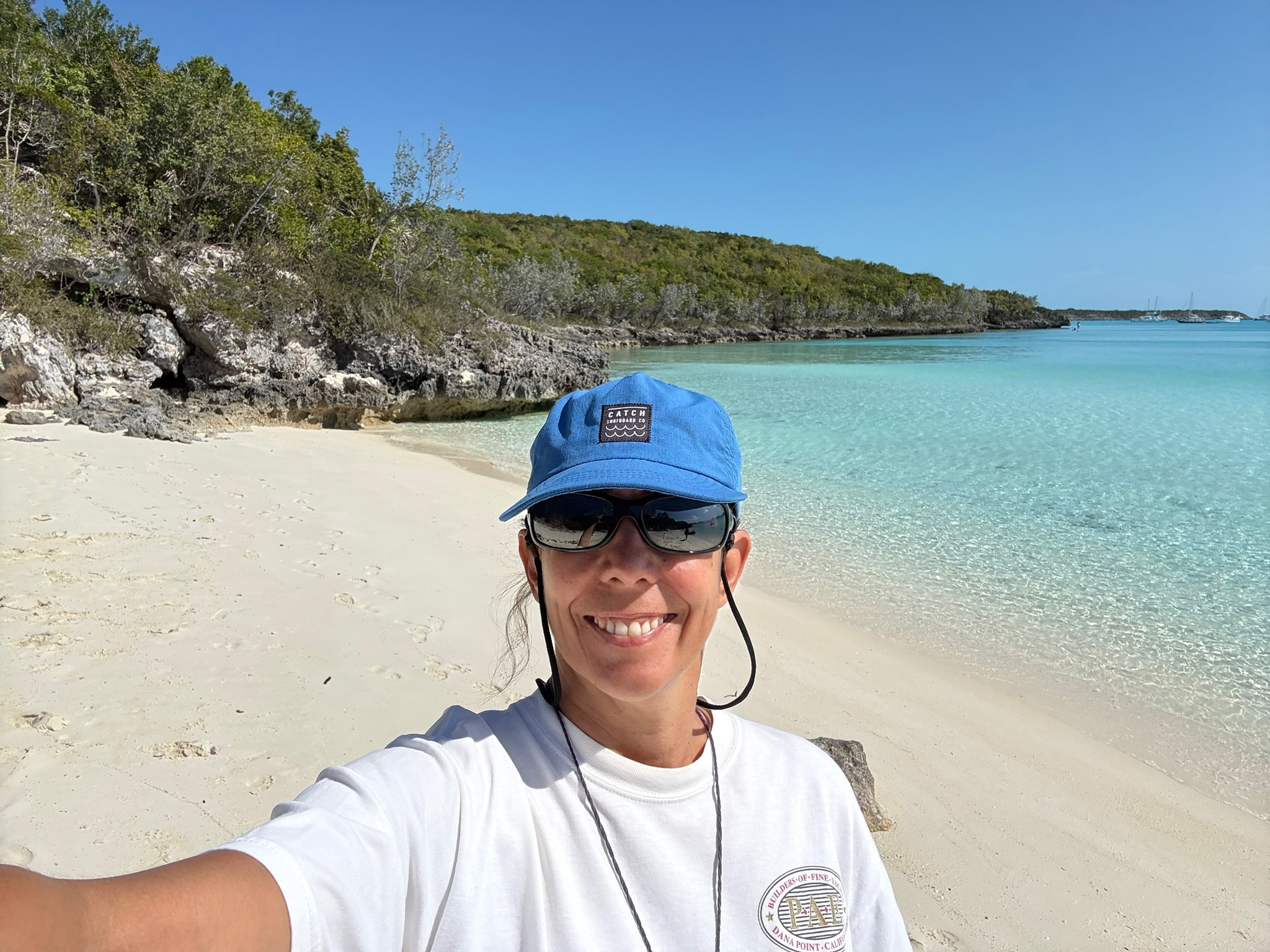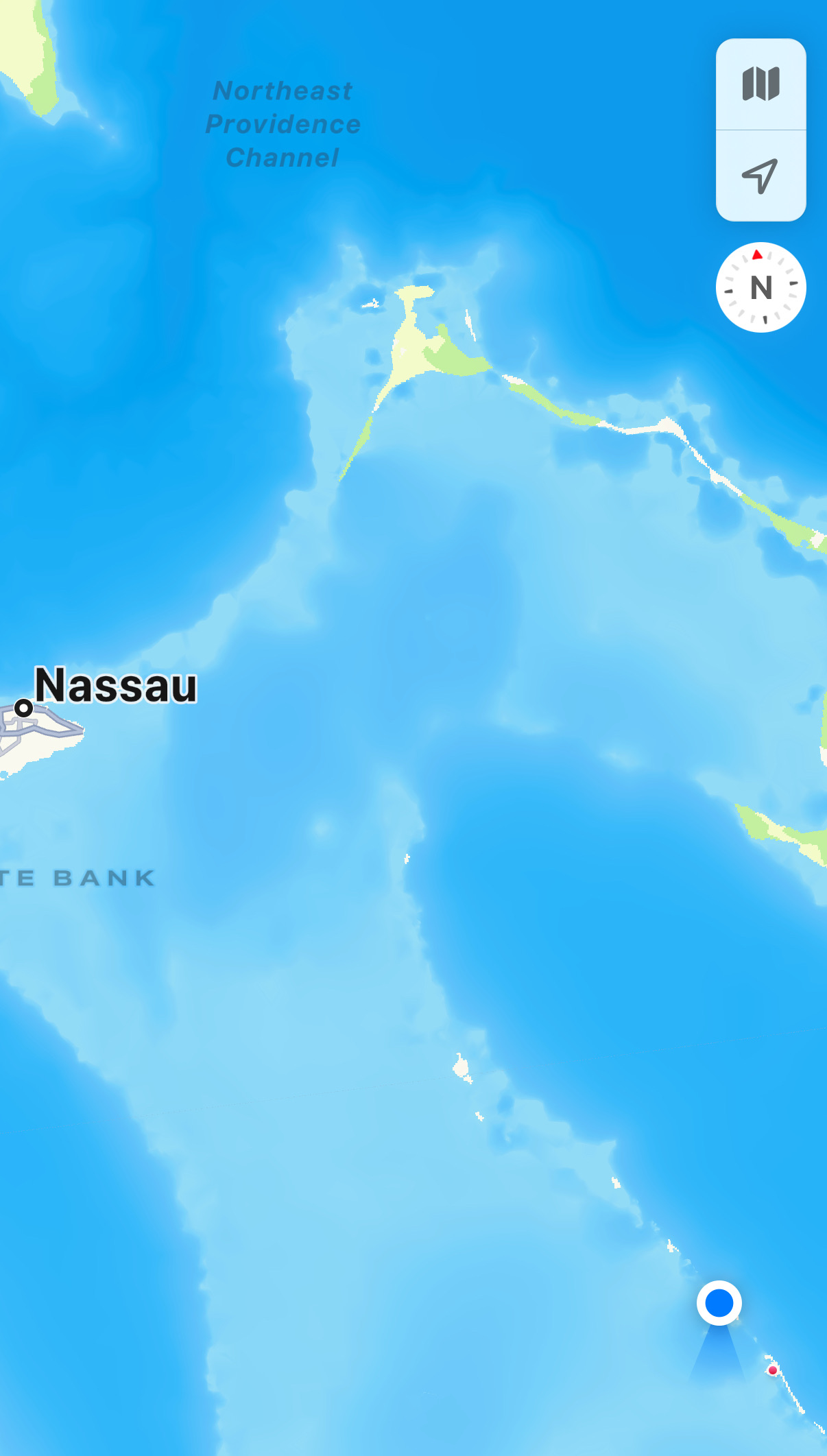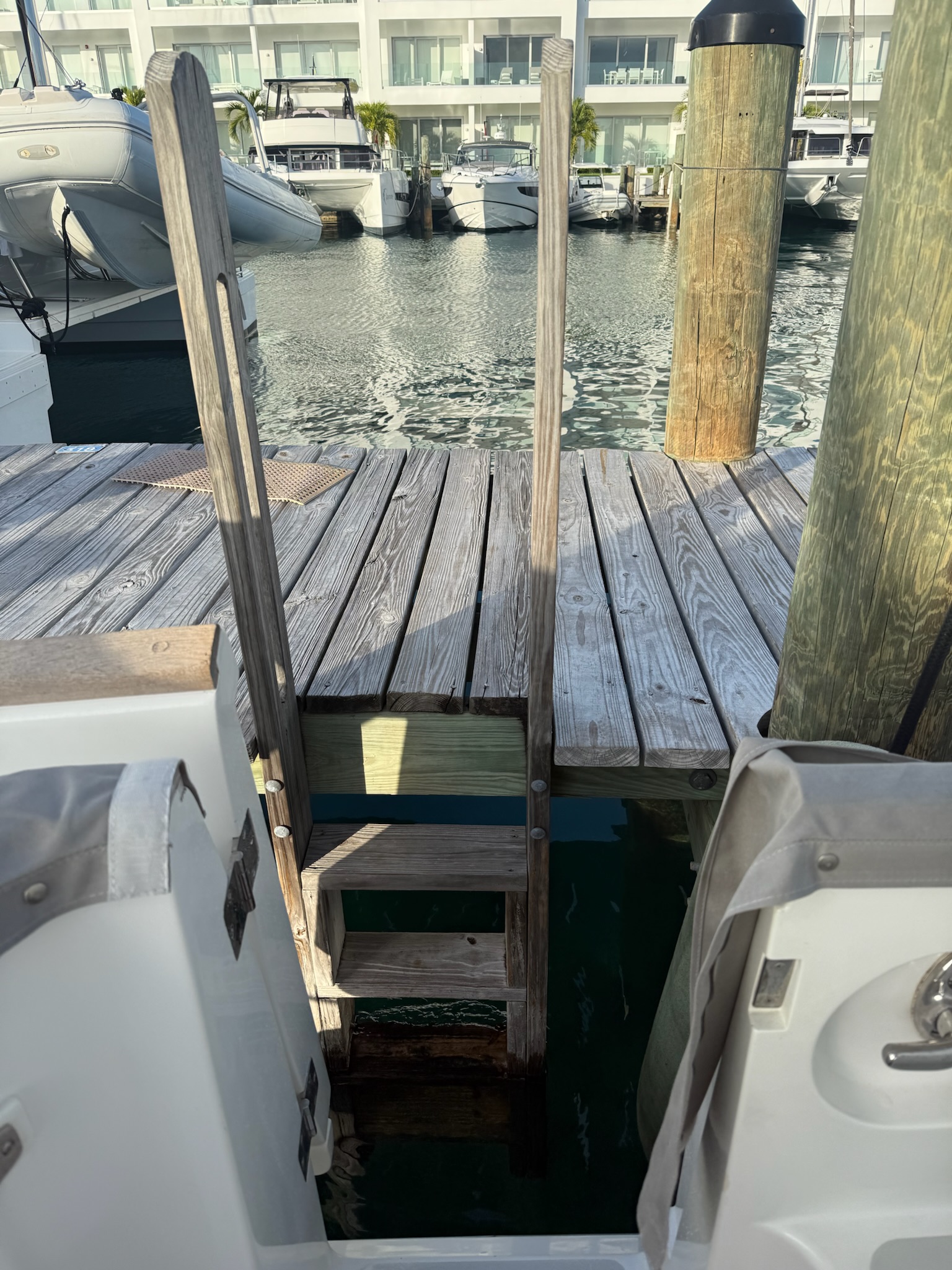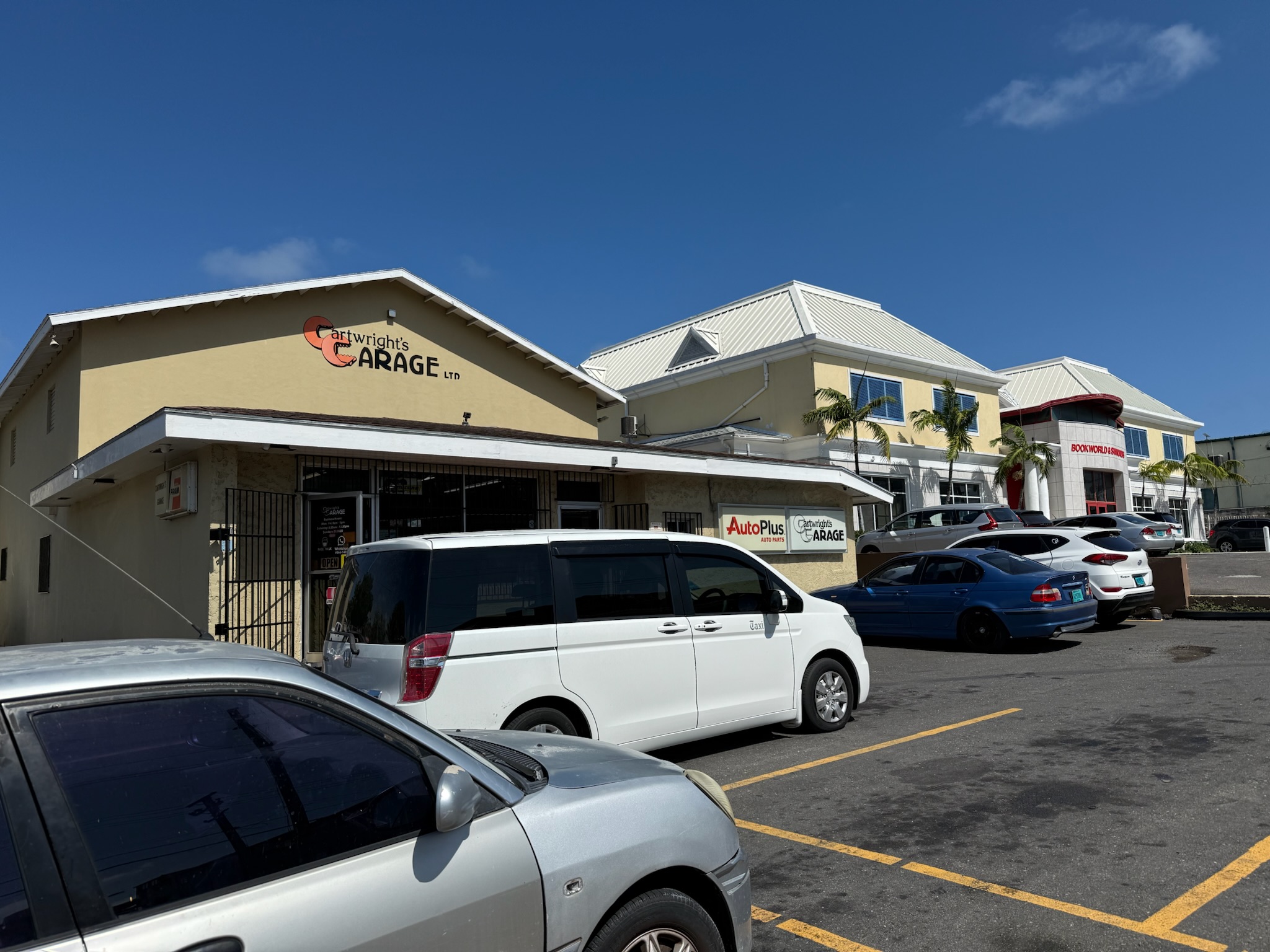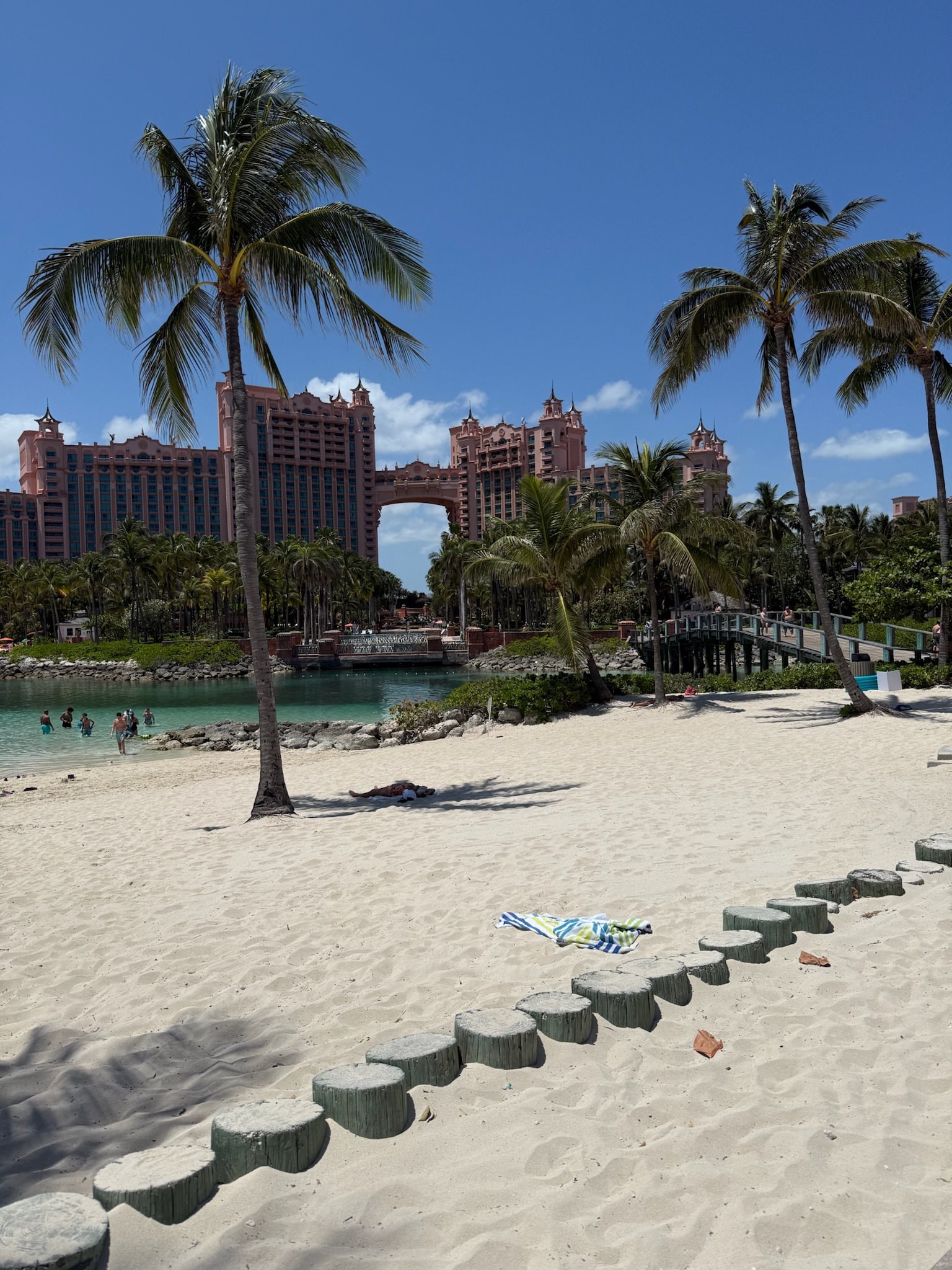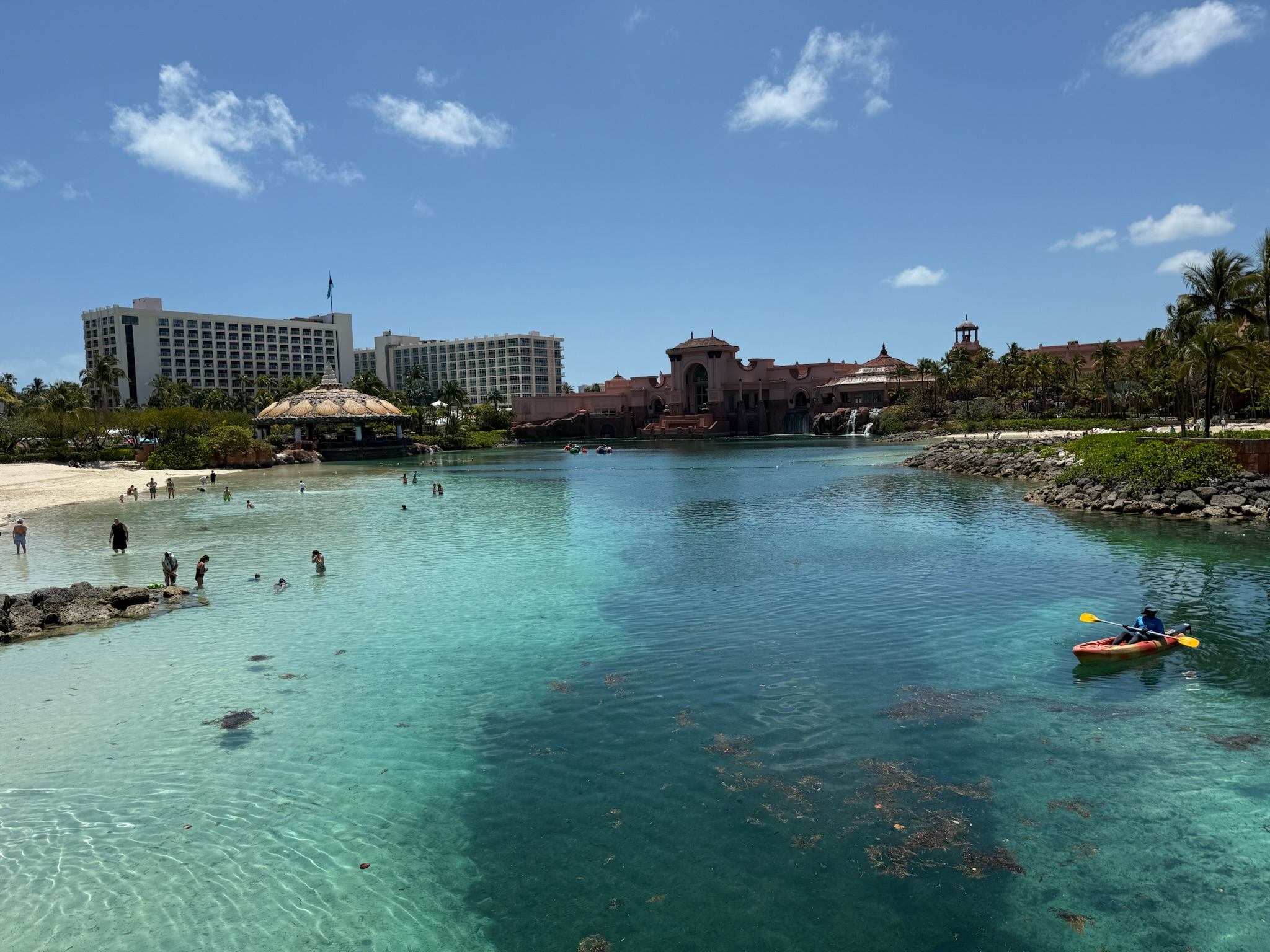Sunrise on Friday, May 2
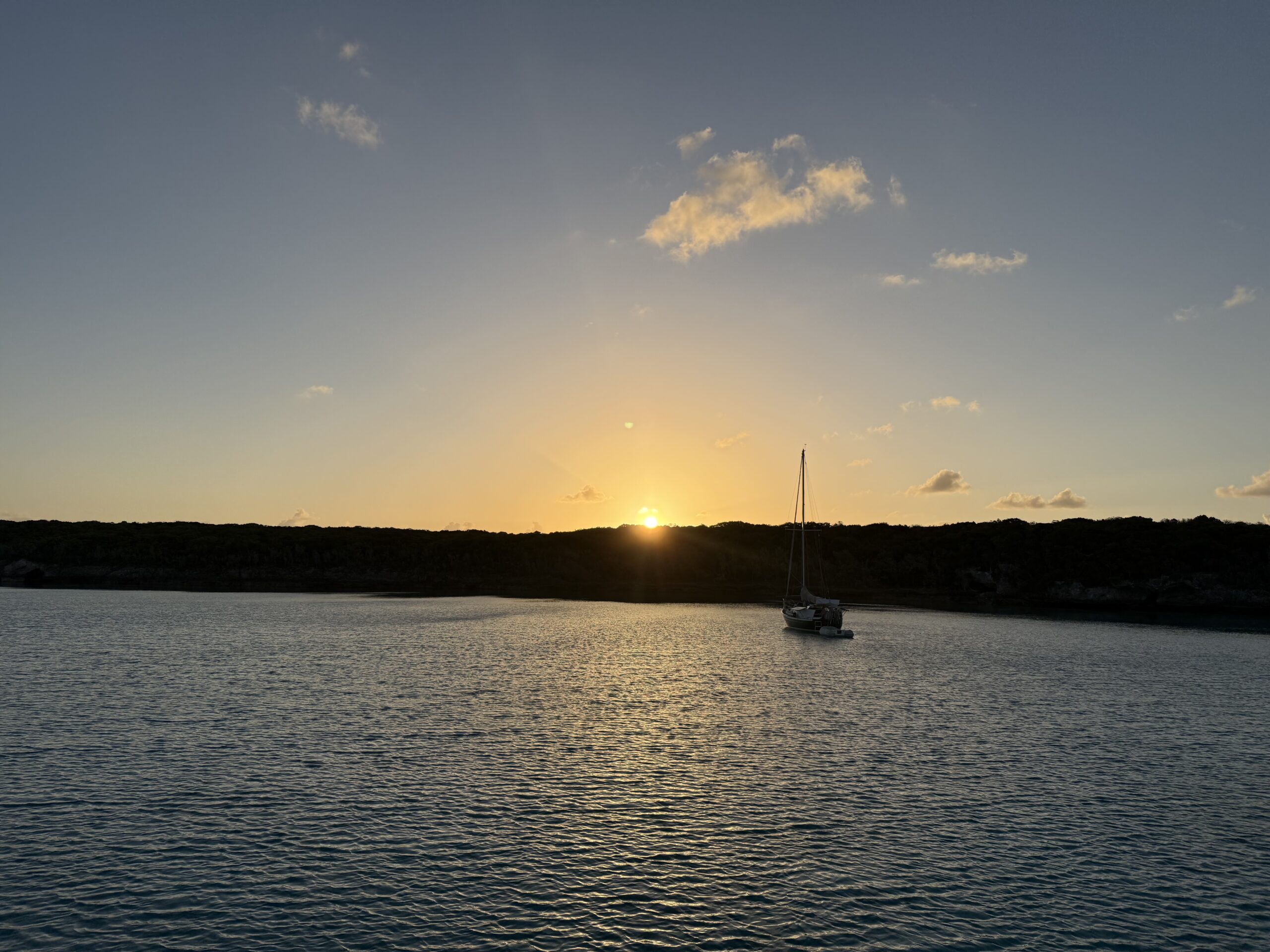
Keith does not do well when his schedule is thrown off its normal routine. As a result of going to bed so late last night, he was a super grumpy pants all day today.
This morning, while the generator was running, Eric filled up the two air tanks he’d used yesterday. We were pleased to report that Eric did fix the dive compressor while we were in San Diego. It turned out to be an issue with the drive belt, but putting a new belt in was difficult because the frame had corroded. He also replaced a lot of other parts on it, and it seems to be working fine now. All the effort to fix it has finally paid off.
After we finished with morning chores and school, Eric and Christi both worked on cleaning the bottom and waterline. Christi agreed it was the worst that Kosmos’s bottom had ever been — and Eric had already cleaned a lot of it! Between the two of them, they went through two tanks of air. They managed to get the entire bottom and waterline mostly done, but they would need to go back in one last time to finish it completely.
After showering, we went over to the Cruisers Beach. Apparently, the cruisers regularly get together at this beach for social activities, but we haven’t seen anything happening there since we’ve arrived. The shoreline looking south.
